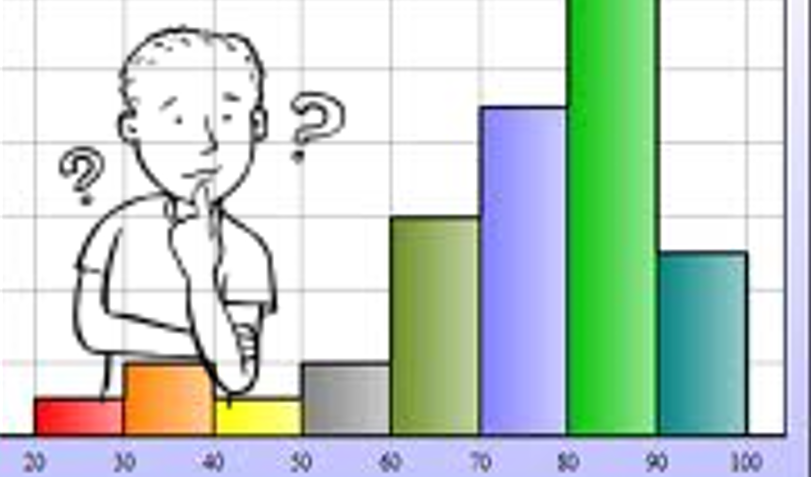Summary
Each year the 3rd grade students at Holladay Elementary take a PE field trip to Three Lakes Park to go fishing. This year we were scientific and strategic about catching our fish! In groups we researched which kinds of fish are at the park and what types of bait to use. We developed our hypotheses about which type of bait would work best, and then we tested our hypotheses at the park by keeping track of which types of bait caught which kinds of fish. We also measured the fish as we caught them and took photos. Back at school we analyzed the data and drew our conclusions. We published our findings in a brochure for the visitors center at Three Lakes Park. We also created group presentations about the different types of fish using the program of our choice (Comic Life, Keynote, Pixie, and/or video). Our presentations were linked to the back of the brochure so visitors could view them and learn more about the fish they caught as well as what types of bait to use. We are hoping that visitors also leave us comments and suggestions. Finally, we scored our projects using a rubric. Now hopefully next year’s 3rd graders can fish with confidence… as well as other visitors to Three Lakes Park!
TIPC Ratings
In our initial research, the students determined what would be the most reliable source(s) of information for finding out about the fish and the bait to use at Three Lakes Park. There were several websites about Three Lakes Park, but we determined that the most reliable one would be the one published by the Virginia Dept. of Game and Inland Fisheries. Through class discussion we also determined that for our field research, it would be best to ask real fisherman who have fished at Three Lakes Park. Other people could be asked, but they would not be as reliable. During the experiment phase the students gathered their own data, and then they analyzed it in class in order to determine the best type of bait to use. When they researched a type of fish (#6 above) they selected their own resources and chose the type of digital tool they would use to present their information. Their findings were published online and at the Three Lakes Park Visitor Center in order to be authentic and helpful to other fishermen.
Students asked for information from real fishermen and they shared their findings with fishermen using both print and digital means. They worked in self-selected groups and assigned each other tasks based on their various skills. For example, students who were good speakers recorded their voices, and students who were good artists drew pictures. They published their presentations online and invited comments from viewers. All four classes collaborated by combining and analyzing their data collected during the various field trips (not all classes went on the same day).
Students solved an authentic and unique problem that was personally relevant. They were going to be fishing at Three Lakes Park and wanted to catch a lot of fish. It was also helpful to others because no one has published a resource like this specifically for Three Lakes Park. They applied their knowledge of ecosystems, food chains, probability, data collection, and graphing to analyze their data and draw conclusions about the best kind of bait to use. They also determined what would be the most effective way of communicating their findings to the public.
Students were given the opportunity to present their research in whichever way they believed would be most effective. As long as they met the requirements of the rubric, they had complete freedom to be creative. As a result there were many different projects: videos, drawings, slideshows, comics. A source of copyright-free images was generated by teachers and parents and posted to Comemories. Students made predictions and analyzed their self-generated data from Three Lakes Park to create something new and useful to the public, a Fishing Guide brochure and website (Google Doc).





